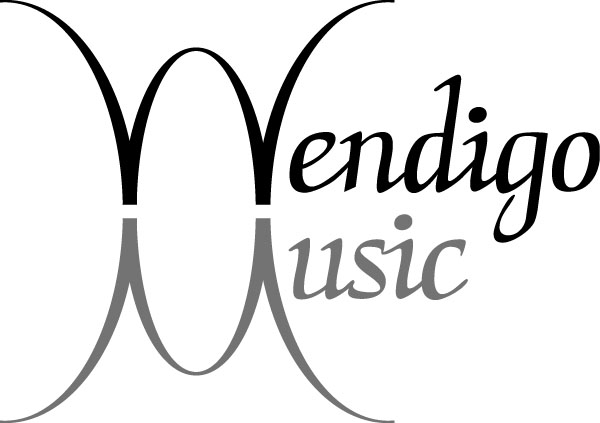“Gabriel’s Wing (1989) for flute and piano opens with the flutist singing and playing the same pitch. This odd combination makes the listener wonder just what he’s hearing. It is an intense, dramatic piece primarily for solo flute, supported by the piano. It is one of the most gripping flute pieces I’ve heard, and in that sense reminds me of Like a Dream on the Age of Infinity by German composer Harald Genzmer (1909-2007). Her other works –Fasting Heart (1987) for solo flute and Kairos (1991) for flute, computer and effects processing –have similar style and interest.” –Todd Gorman, American Record Guide, 8:9-2014: Vol77#5
*****************
“…The works by Shatin are more challenging technically, but are worth the extra effort for their unusual and attractive atmospheres. Gabriel’s Wing won the National Flute Association’s Published Music Competition in 1992. …Judith Shatin (b.1949) is an American composer and flautist. familiar with the possibilities of the instrument in both traditional and extended techniques. She is known equally for her dramatic acoustic compositions and for her imaginative use of computer-generated sound.”
“…Judith Shatin’s Gabriel’s Wing, for flute and piano (1989), likewise conveys in its nine minutes a well-crafted sense of ecstatic climax. Fasting Heart, for solo flute (1987), its title taken from a Taoist discipline, follows a similarly programmatic path in attempting to express “listen[ing] with the breath.” And meditatively this charmer does play, embellished along the way by simultaneous vocalizing.”
““Fasting Heart (1987) for solo flute. This piece begins with a haunting use of singing into the flute reminiscent of Crumb’s Voice of the Whale. The contemplative music which follows is interrupted by much more active, even violent, music. Shatin sees a connection between these in creating music. ‘A process in which there is a linking of inward journey and outward manifestation.’
Kairos (1991) for flute, computer and effects processing. The relationship of the flute and its player’s singing voice to the electronic medium is unique to this work. Several extended techniques are used by the live performer, but even more exotic transformations are achieved by the manipulation of all the sound material by a computer via MIDI and by a voice processor, Quadraverb. This sets the music off on a Ulysses-like journey containing all the challenges and dream-sequences a true adventure should have.” – Kate Lukas, Pan (The Journal of the British Flute Society)
*****************
Kairos, for flute, computer and effects processing (1991), at 15:50 differs from Musgrave’s Narcissus by eight seconds. I would love to draw further parallels but cannot. Shatin’s electronic effects conspire by and large in the creation of a preternatural space for the flute’s sentimental journey. We again at moments hear Spencer’s voice, albeit much processed. (The notes go into good technical detail.) ‘Kairos’ is a Greek word signifying the most propitious moment for a new undertaking, as in Ulysses setting out on his journey. [This] suggested [to me] a compositional journey on several levels: an adventure into a new medium, a shaping of the musical sojourn, and a particular relationship between the flute and the electronic aether.
Much of this program makes difficult demands, and I hear no tentativity, reach, or strain; a strong sense, rather, of Patricia Spencer’s skillful empathy. If it’s a rapturous mood you’re after. this well produced Neuma provides it in high-quality abundance.” – Mike Silverton, American Record Guide
